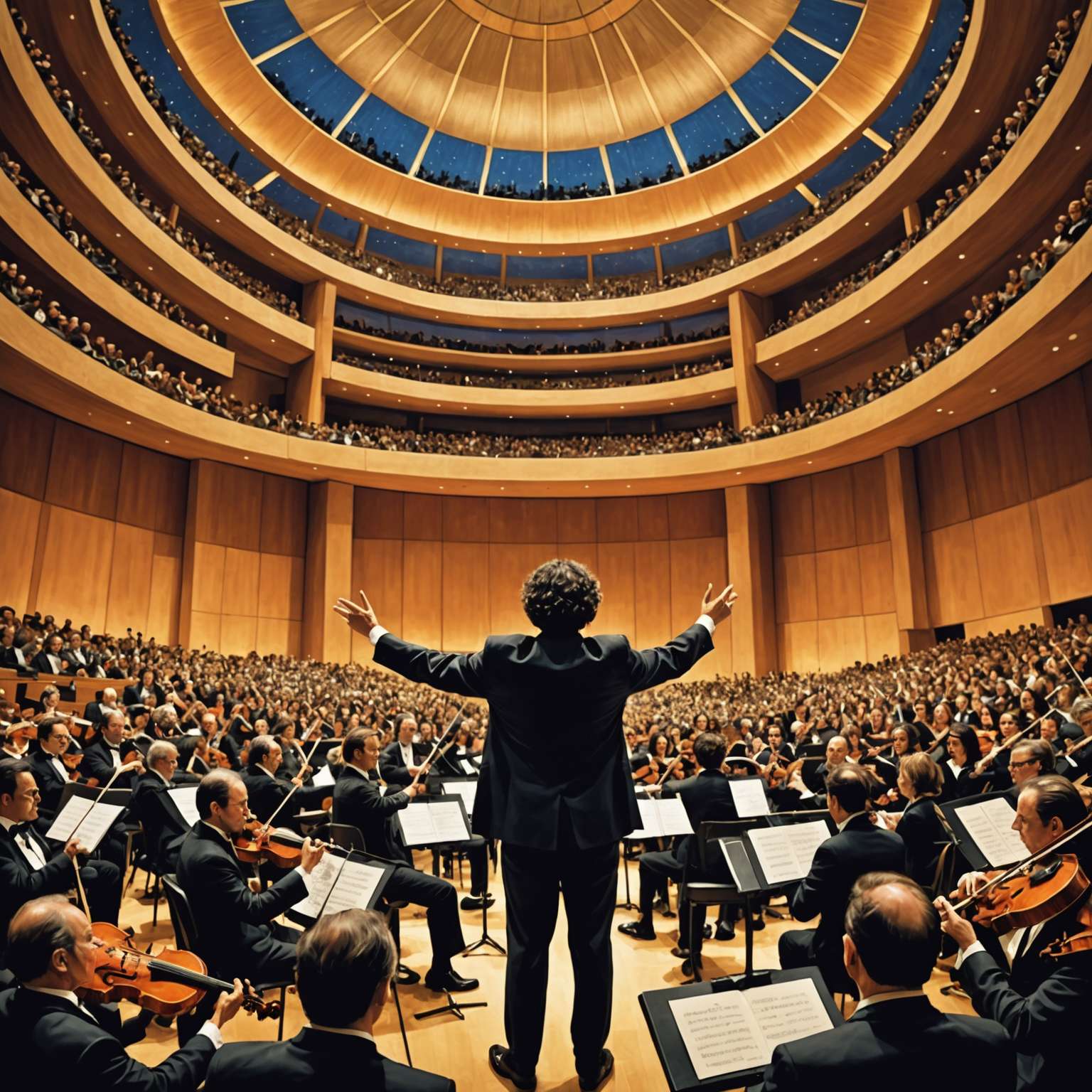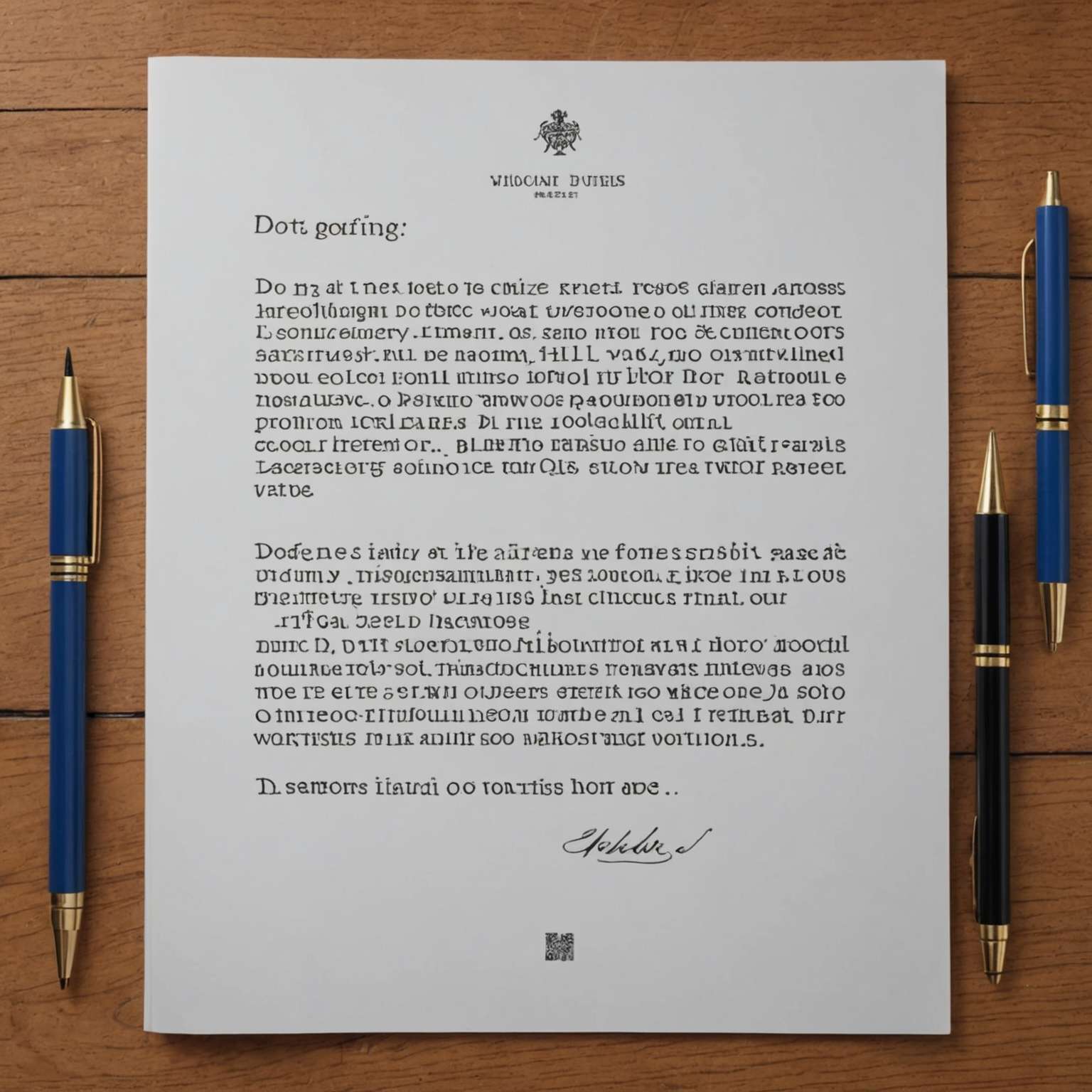
Why is the Perseid meteor shower over Los Angeles a must-see event this weekend?
- The Perseid meteor shower peaks between August 11th and 13th, with up to 100 meteors per hour.
- Best viewing times are after midnight when the moon sets, providing darker skies until dawn.
- Recommended viewing spots near Los Angeles include Mt. Wilson, Santa Monica Mountains, and Joshua Tree National Park.
The Perseid meteor shower, one of the most anticipated celestial events of the year, is set to peak this weekend, offering a dazzling display of meteors for stargazers around Los Angeles. This annual phenomenon, which occurs from July 14th to August 24th, will reach its zenith between August 11th and 13th, with the best viewing conditions expected in the early morning hours of August 12th.
Understanding the Perseid Meteor Shower
The Perseid meteor shower originates from the debris of Comet Swift-Tuttle, a celestial body that last passed close to Earth in 1992. As Earth travels through the densest and dustiest part of the comet’s orbital path, bits of ice and rock enter our atmosphere, creating the spectacular “shooting stars” that light up the night sky. These meteors, moving at an astonishing speed of 133,200 mph (214,365 kph), burn up upon entering the atmosphere, reaching temperatures of over 3,000 degrees Fahrenheit (1,650 Celsius).
The Perseids are renowned for their bright, long-lasting meteors, often leaving vivid trails of light. According to NASA, during the peak, observers can expect to see up to 100 meteors per hour under ideal conditions. This year, despite a 50% illuminated moon, the best viewing times will be after midnight when the moon sets, providing darker skies until dawn.
- ✨ Absolutely thrilled for the Perseid meteor shower because......
- 😒 I feel the Perseid meteor shower is overrated due to......
- 🔍 Considering light pollution in urban areas, an alternative viewpoint......
Best Viewing Spots Near Los Angeles
For those in the Los Angeles area, escaping the city’s light pollution is crucial for a good viewing experience. The Bortle Dark Sky Scale, which measures the brightness of the night sky, suggests finding a location that is Bortle class 4 or lower. Here are some recommended spots:
1. *Mt. Wilson: Located at 5,700 feet in the San Gabriel Mountains, Mt. Wilson offers a high vantage point above the city’s haze. Despite some light pollution, it remains a popular spot for stargazing.
2. Santa Monica Mountains: The Lois Ewen Overlook at the top of Stunt Road provides a relatively dark spot within reach of Los Angeles, ideal for a quick getaway.
3. Los Padres National Forest: With several Bortle class 3 and 4 locations, including Mt. Pinos, this area offers excellent camping opportunities and dark skies.
4. Mojave Desert: Known for its vast, dark expanses, the Mojave Desert is a prime location for meteor watching. Safety should be a priority when choosing a spot to pull off the road.
5. Joshua Tree National Park: A favorite among stargazers, Joshua Tree offers some of the darkest skies in Southern California. However, be prepared for potential traffic delays due to the popularity of the park during the Perseids peak.

Tips for Watching the Perseids
To maximize your meteor-watching experience, follow these tips:
1. Find a Dark Spot: The darker the location, the better your chances of seeing more meteors. Use a light pollution map to find the best spots near you.
2. Give Your Eyes Time to Adjust: It takes about 45 minutes for your eyes to fully adjust to the dark. Avoid looking at your phone or any other light sources during this time.
3. Comfort is Key: Bring a blanket or a reclining chair to lie back and enjoy the show. Dress warmly, as temperatures can drop significantly at night.
4. No Special Equipment Needed: You don’t need telescopes or binoculars to see the Perseids. In fact, these tools can narrow your field of vision. The best way to watch is with the naked eye.
5. Check the Weather*: Clear skies are essential for a good viewing experience. Keep an eye on the weather forecast for your chosen location.
Our Advice on the City
For those planning to witness the Perseid meteor shower, a trip to one of the recommended dark spots can be a memorable experience. If you’re new to stargazing, consider joining a local astronomy club or group; they often organize viewing events and can provide valuable tips and insights.
For seasoned travelers and astronomy enthusiasts, exploring different locations each year can add to the adventure. Places like the Anza Borrego Desert State Park or the Top of the World in Laguna Beach offer unique landscapes and viewing conditions that can enhance your stargazing experience.
In conclusion, the Perseid meteor shower is a celestial event that brings together science and natural beauty, offering a spectacular show for those willing to venture out into the dark. Whether you’re a casual observer or a dedicated stargazer, the Perseids are a reminder of the wonders of the universe, visible right from our own backyard. So, grab a blanket, find a dark spot, and enjoy the show!
Trending now







